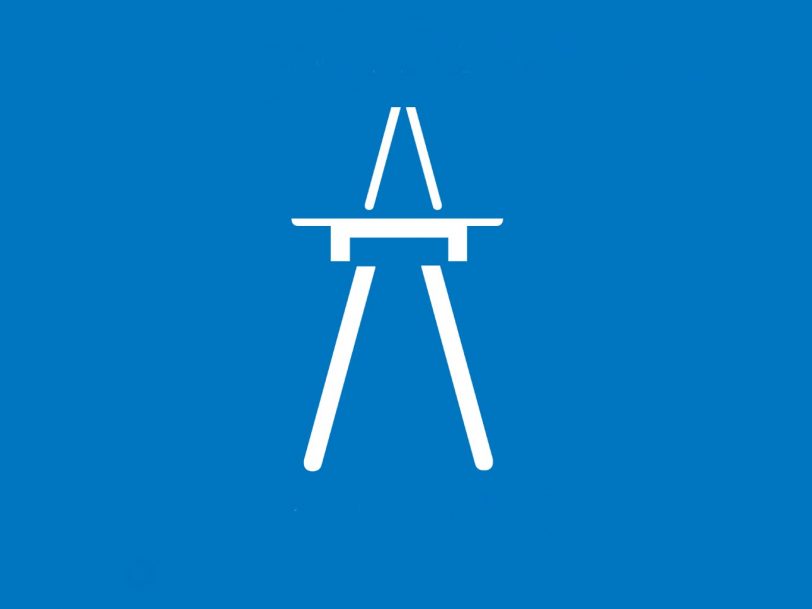With the thrust of its fizzling electrified beats and the potent fumes of its layered synthesisers, there wasn’t anything else quite like Kraftwerk’s Autobahn album when it was released in the autumn of 1974. Unconventional and forward-thinking, the German pioneers behind it set their sights on completely retooling pop music, replacing traditional instrumentation with new member Wolfgang Flür’s customised electronic percussion pads and co-founders Ralf Hütter and Florian Schneider’s whole-hearted embrace of ARP Odyssey Mk I soundscapes.
Listen to ‘Autobahn’ here.
A truly visionary work of art, Autobahn was a conceptual tone poem to Germany’s iconic motorway network, painting a vivid sonic picture of a road trip from Düsseldorf to Hamburg. Recorded in Kraftwerk’s Kling Klang studio and steered by sound engineer Konrad “Conny” Plank, the album mapped out a vision for a nation looking to move beyond its post-war past, and it charted the course for the rise of electronic music across the world.
“It’s not a Beach Boys record, it’s a Kraftwerk record”
For a country that prided itself on the creation of the Volkswagen and the BMW, Germany’s love of cars was deep-rooted. Hütter recalled that his VW Beetle was just as expensive as his Minimoog synth at the time. “I had to have that synthesiser, and I wanted that Volkswagen – both meant freedom to me,” he said. With both inspirations at the forefront of his mind, Autobahn began life as a synth experiment to conjure the feeling of driving through his homeland.
In music, this sentiment was nothing particularly new – ten years before, The Beach Boys had built their careers on celebrating road-tripping through the US in their T-Bird. In fact, the vocal hook on Autobahn’s opening title track was mistakenly thought to reference the Californian group’s 1964 surf hit Fun, Fun, Fun, but closer listening reveals it is in fact sung in German (“Wir fahren fahren fahren auf der Autobahn”). “It’s not a Beach Boys record,” Hütter later said, “it’s a Kraftwerk record.” What the song did do, however, is capture a uniquely European experience in a way no one had ever heard before.




